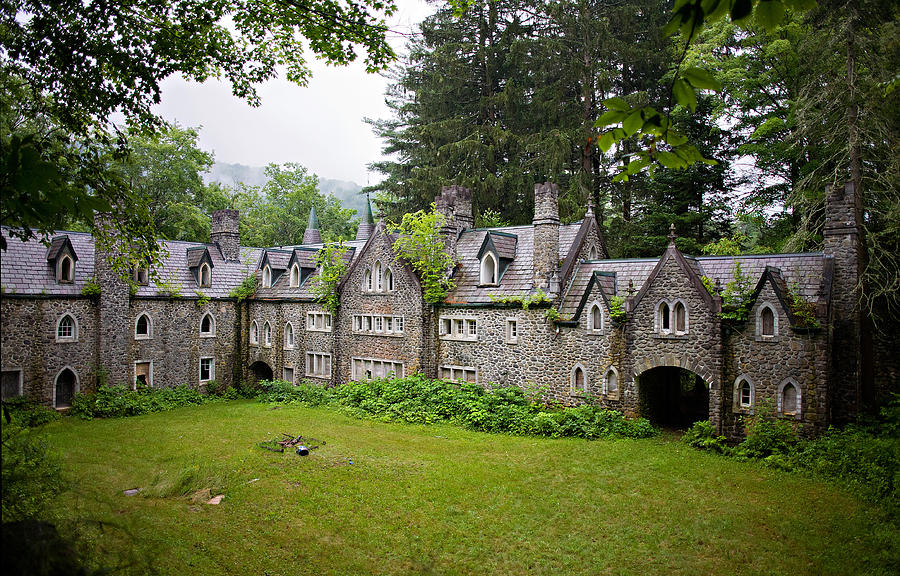
If the towers were merely a grandiose gesture to impress the wealth and power of the owner upon the local population, then they were an enormously expensive method. The obvious point of a strong defensive retreat does not always match the relatively peaceful times in which some tower keeps were built. The purpose of tower keeps is not entirely agreed upon by historians. This name derives from the French word meaning a lord's area (only much later did it morph into 'dungeon' and acquire the meaning of a prison). The free-standing tower keep or great tower was actually known as the donjon prior to the late 16th century CE. As can be seen from just these two examples, in no sense did hall keeps evolve into even larger tower keeps but, rather, the two types could be contemporary, and certain castle owners preferred such a design because of its lower expense or because defence was not their primary purpose. Other fine examples of hall keeps may be seen at Norwich Castle (1095-1115 CE) and Castle Rising (c. 1074 CE) where the sides of the keep measure 46 x 33.5 metres (151 x 110 ft). One of the largest hall keep ground plans is at Colchester Castle, Essex, England (c. They follow many of the architectural principles of tower keeps with massive walls, small windows, they rest on a sloping plinth, and access is restricted by a moat or drawbridge and sometimes a forebuilding (see below). Lower keeps, that is with only one or two floors, are sometimes called hall keeps. The obvious point of a strong defensive retreat does not always match the relatively peaceful times in which some castle keeps were built. When the timber palisade on top of the motte was replaced by stone it acquired the new name of a shell keep. The whole was then surrounded by a ditch. A wooden tower was built on the motte - a natural or artificial hill - and, at the base, a bailey or courtyard was created by constructing an encircling wooden wall connected to the motte. The Normans were great builders of motte and bailey castles across northern France and England in the 11th century CE.


As a lasting testimony to their integral strength, many tower keeps still survive today across Europe, where very often the rest of the castle buildings have long since disappeared. Expensive and slow to build, tower keeps were steadily replaced from the mid-13th century CE by larger round towers in the circuit wall which were designed to prevent the enemy from ever entering the castle courtyard or bailey. Inside the largest building a person in the Middle Ages likely ever saw in their lives was the Great Hall, castle chapel, and residential quarters. With its extra thick walls and protected entrance, the keep was generally the safest place in a castle during the siege warfare of the 11th and 12th century CE.

The hall keep was a low building while the tower keep or donjon could have three or more floors and be topped by turrets and battlements. The keep, located within a courtyard and surrounded by a curtain wall, was the heart of a medieval castle.


 0 kommentar(er)
0 kommentar(er)
